Exhibition | The Essence of a Painting, The Sense of Smell

Jan Brueghel the Elder and Peter Paul Rubens, The Sense of Smell, 1617–18, oil on panel, 67 × 110 cm
(Madrid: Museo Nacional del Prado)
◊ ◊ ◊ ◊ ◊
The painting at the center of the exhibition dates to 1617–18, but the olfactory sources for the show include late seventeenth- and eighteenth-century materials—including a 1696 formula for scenting gloves with ambergris and the period’s engagement with neroli, named for Marie-Anne de la Trémoille (1642–1722), whose several titles included Princess of Nerola (for the town in Lazio) and who used the scent to perfume her gloves, clothing, and baths. Now on view at the Prado:
The Essence of a Painting: An Olfactory Exhibition / La esencia de un cuadro: Una exposición olfativa
Museo Nacional del Prado, Madrid, 4 April — 3 July 2022
Curated by Alejandro Vergara and Gregorio Sola with fragrances by Sola
The Sense of Smell by Jan Brueghel the Elder with allegorical figures by Peter Paul Rubens is the focus of The Essence of a Painting: An Olfactory Exhibition, curated by Alejandro Vergara, Chief Curator of Flemish Painting and the Northern Schools at the Museo Nacional del Prado, and Gregorio Sola, Senior Perfumer at Puig and an academician of the Perfume Academy. Evoking the garden of rare trees and plants belonging to Isabel Clara Eugenia and her husband in early 17th-century Brussels, the painting depicts more than 80 species of plants and flowers, as well as various animals associated with the sense of smell, such as the scent hound and civet, and a range of objects relating to the world of perfume, including scented gloves, vessels holding fragrant substances, a perfume burner warmed in a sumptuous brazier, and vessels for distilling essences. With the technological sponsorship of Samsung and a special collaboration of the Perfume Academy Foundation and the ‘AirParfum’ technology developed by Puig, the perfumer Gregorio Sola has created an assortment of fragrances associated with elements pictured in the painting:
• ‘Allegory’, for example, encourages viewers to focus on the small bouquet of flowers that the allegorical figure smells.
• ‘Gloves’, based on a 1696 formula, reproduces the smell of gloves scented with ambergris.
• ‘Fig Tree’ leads us to spot the tree in the painting.
• ‘Orange Blossom’ directs the gaze towards the distillation devices used to obtain the plant extract.
In total, ten fragrances accompany the sense of sight, providing unique sensations for an appreciation of the painting.
More information is available here»

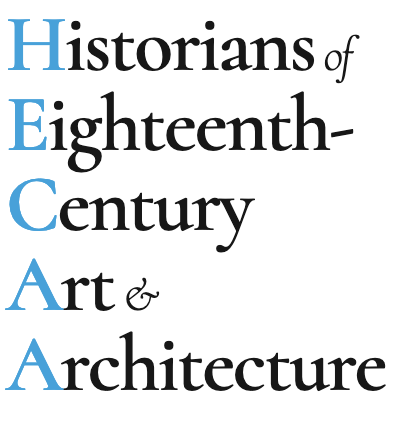

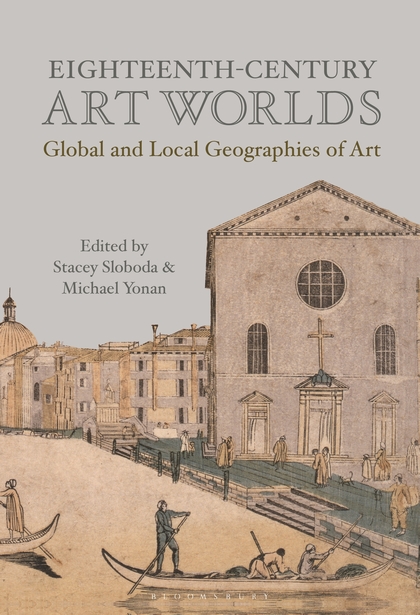

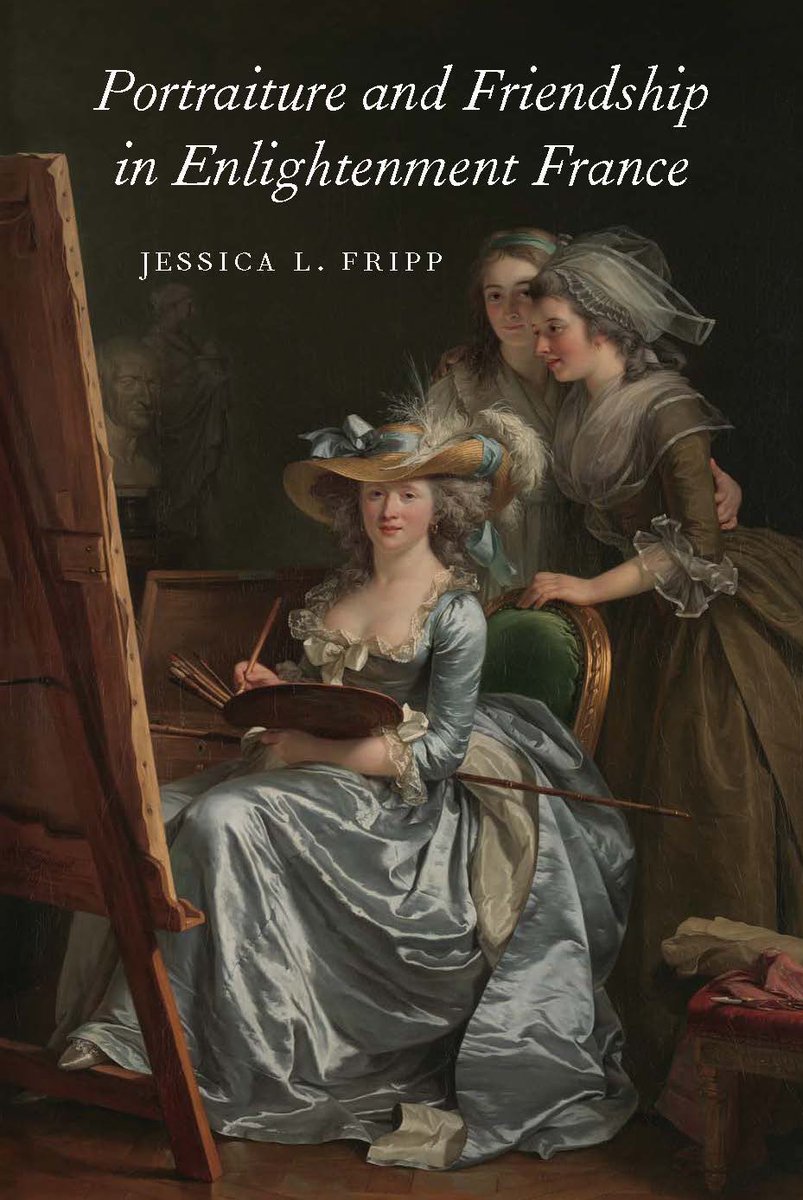















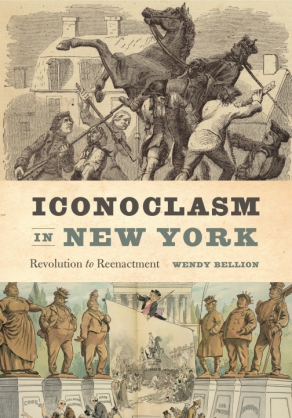



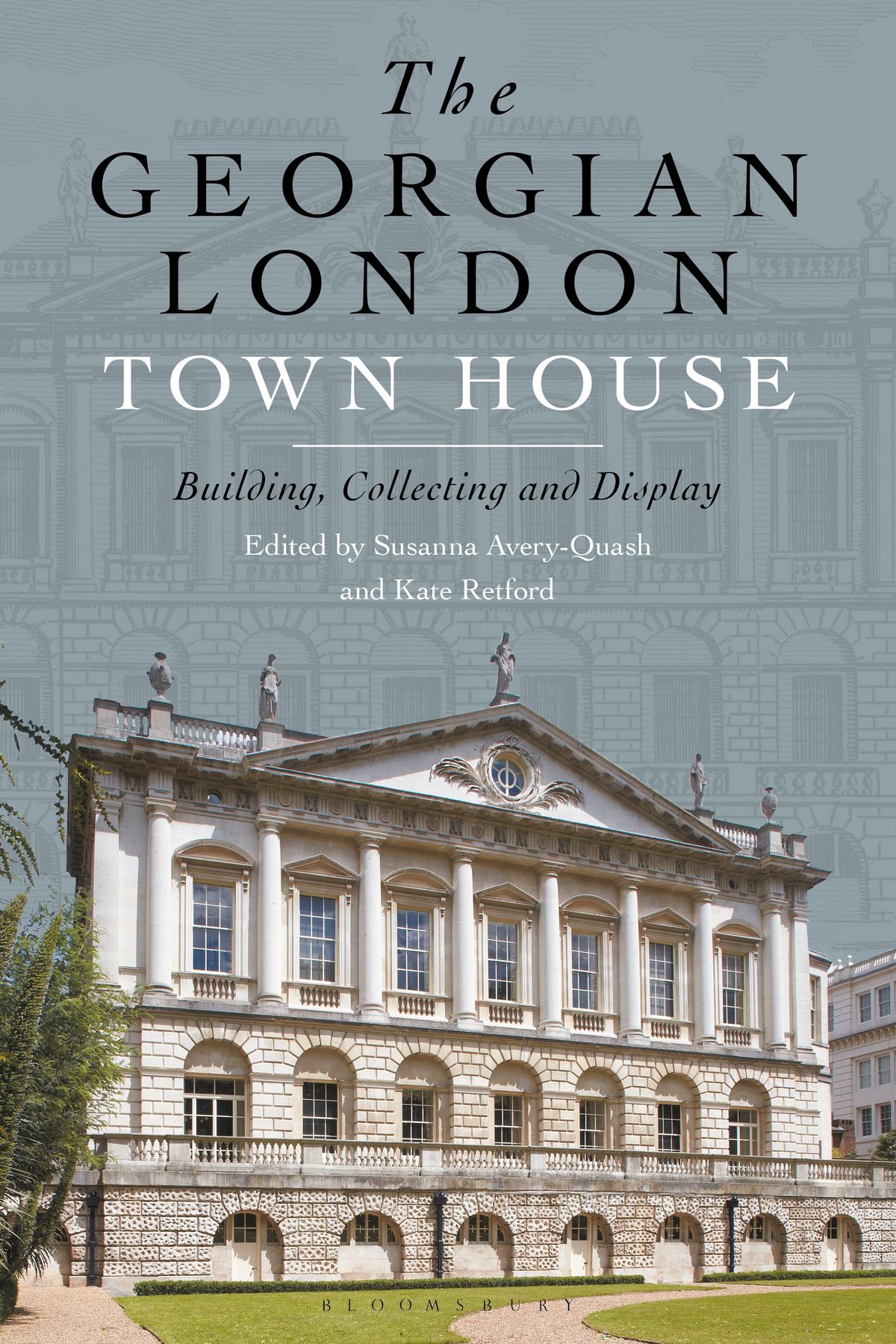


leave a comment